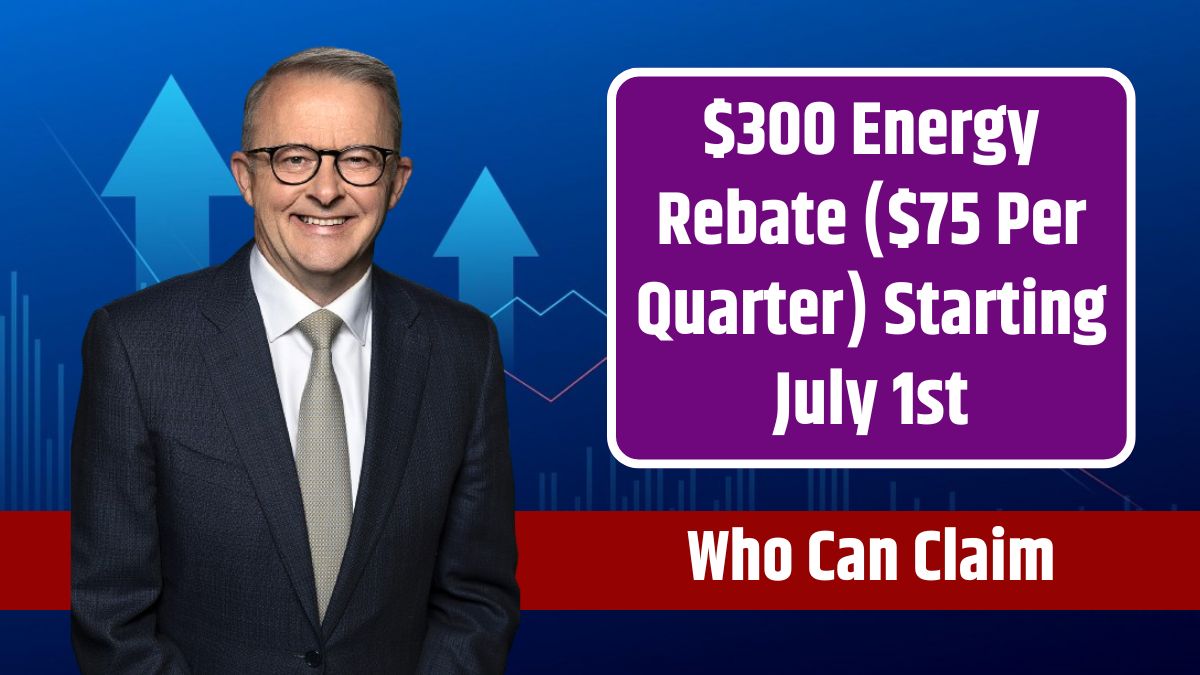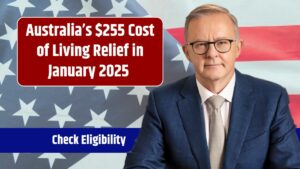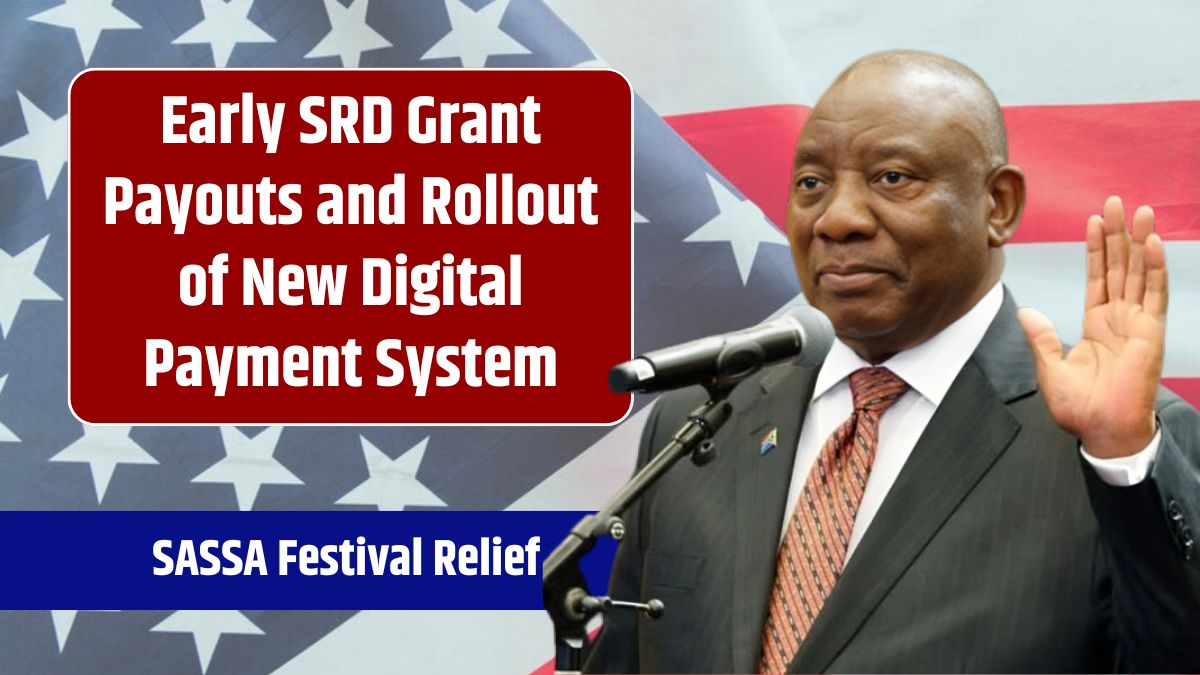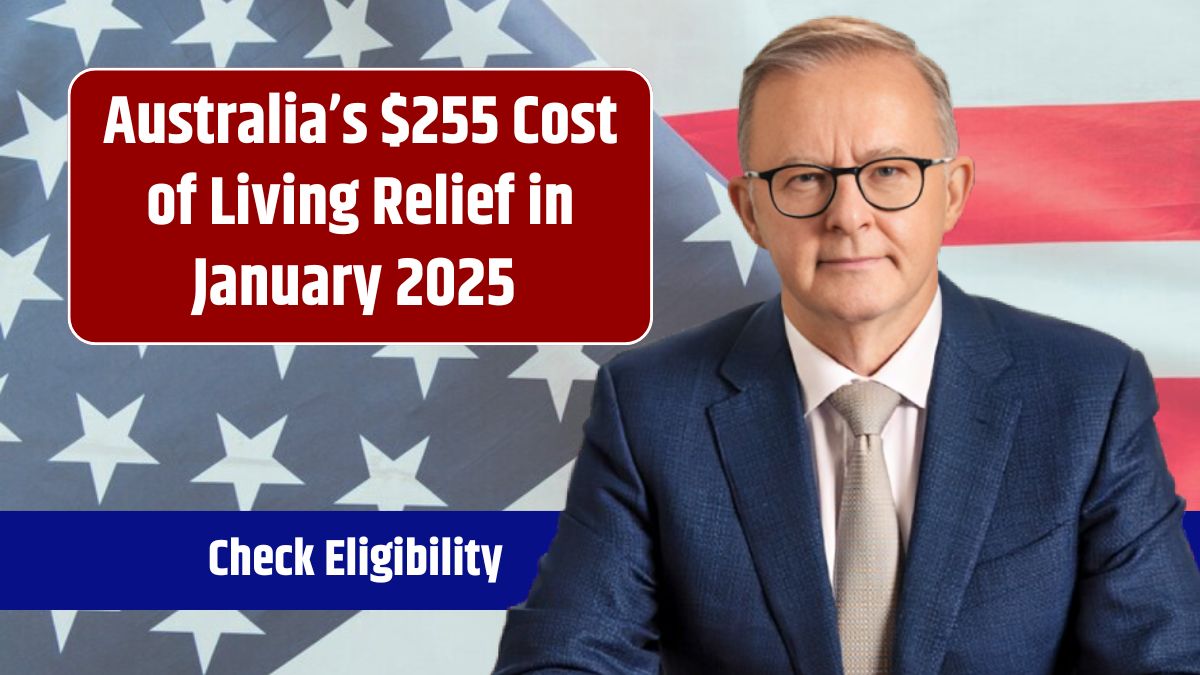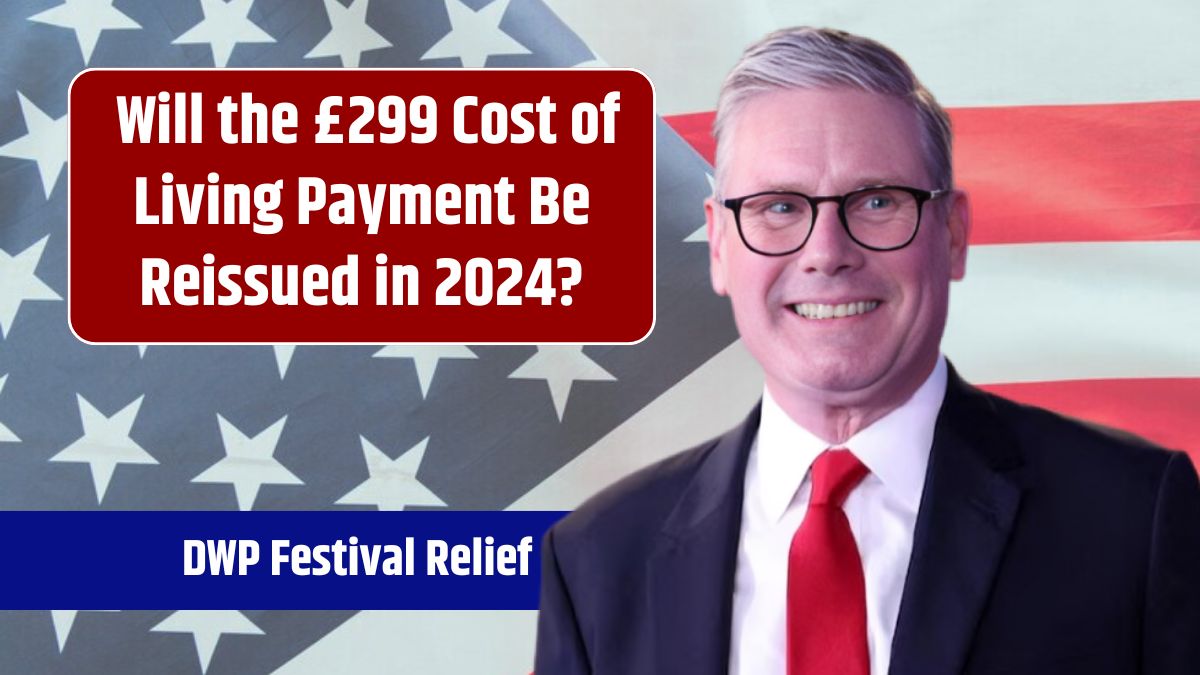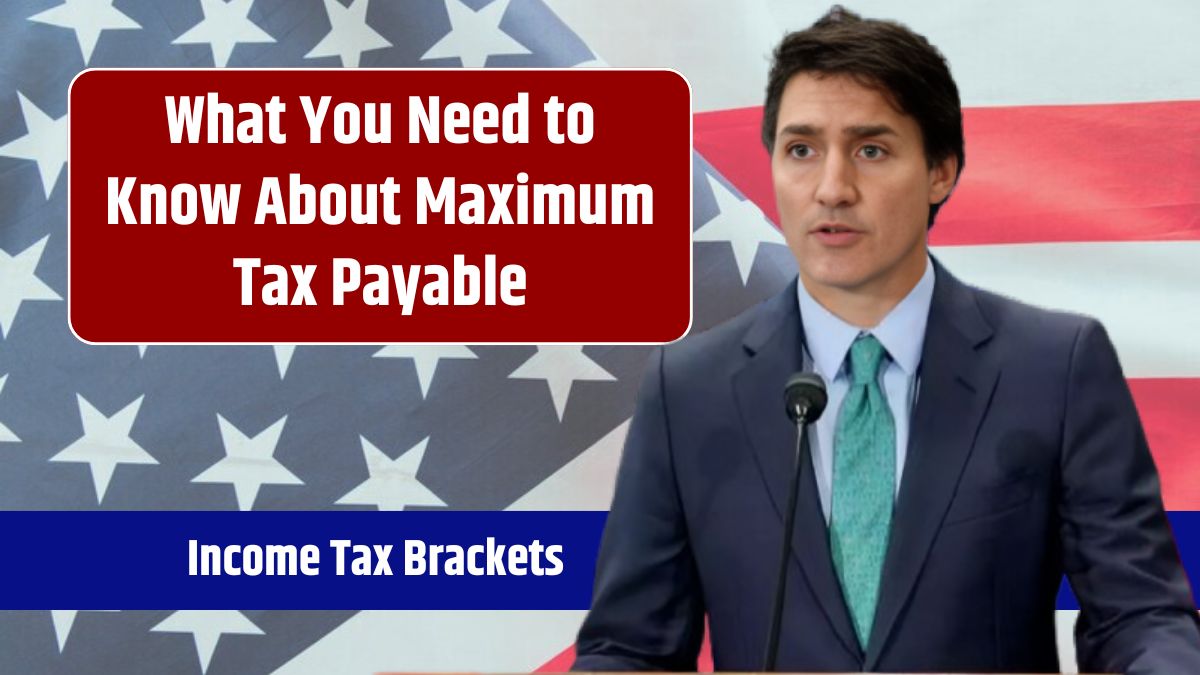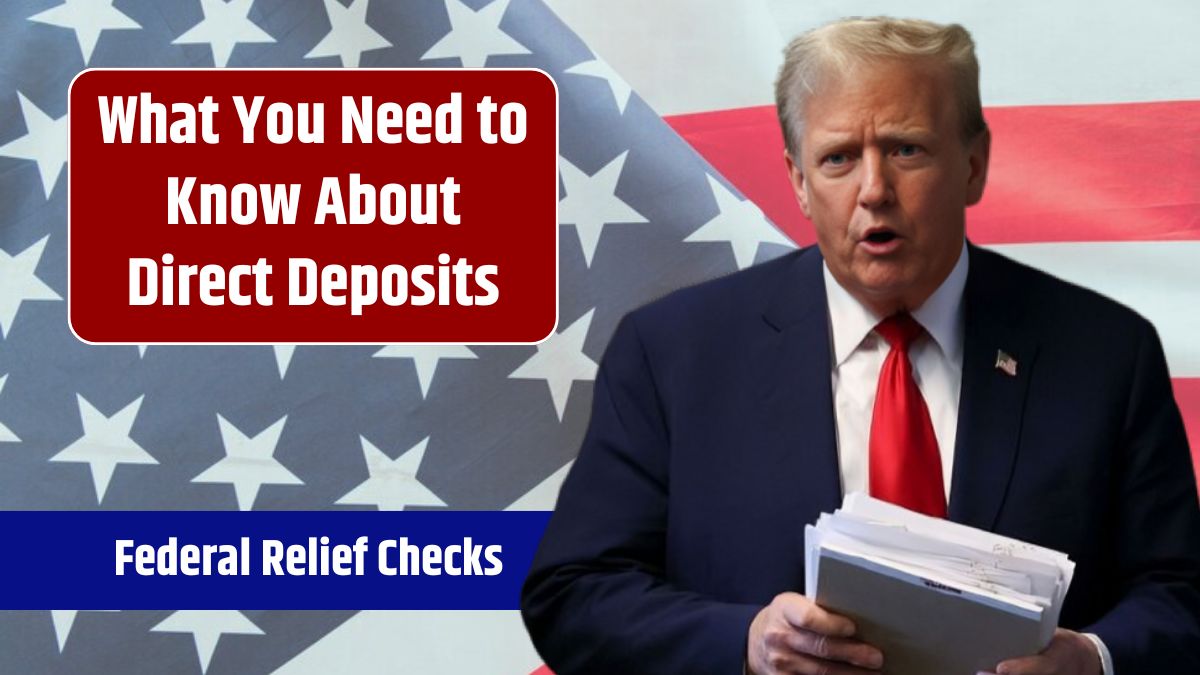The Australian government has introduced a $300 energy rebate to help households cope with rising energy costs. Here’s what you need to know about eligibility, payment dates, and how this rebate will be applied.
Table of Contents
Rebate
Announced by Treasurer Jim Chalmers, this $300 energy rebate aims to provide financial relief to all Australian households, regardless of income. The rebate is designed to support families in managing their utility bills amidst increasing energy costs. Starting from July 1, 2024, the rebate will be distributed as four $75 quarterly credits.
Eligibility
This initiative is inclusive, meaning every household in Australia can claim the rebate without any income restrictions. This universal approach ensures that all families benefit from the relief, regardless of their financial situation. Additionally, eligible small businesses will receive a $325 rebate on their power bills, extending the financial support to the commercial sector.
Application
The rebate will be automatically applied to household electricity bills. It will be disbursed in four installments of $75 each, credited quarterly. This means households will see a reduction in their electricity bills by $75 every three months, providing consistent support throughout the year.
Dates
The rebate payments will be distributed quarterly, aligning with the financial quarters of the year:
- First Payment: July 2024
- Second Payment: October 2024
- Third Payment: January 2025
- Fourth Payment: April 2025
Households do not need to take any additional steps to receive the rebate; it will be automatically credited to their electricity accounts.
Rationale
Treasurer Jim Chalmers emphasized the rebate as a crucial measure to alleviate the cost-of-living pressures on Australians. In his budget speech, Chalmers noted the government’s efforts to curb electricity price increases, stating, “Electricity prices would have risen 15 per cent in the last year if not for our efforts. Instead, they rose an average of 2 per cent.”
He assured Australians that the rebate would provide substantial relief, similar to the tax cuts aimed at boosting disposable incomes. Chalmers also noted that cutting energy bills directly helps reduce inflation, thereby easing financial stress on families and businesses.
Inflation
The announcement of the rebate has sparked a debate among economists and policymakers regarding its potential impact on inflation. Reserve Bank Governor Michele Bullock argued that the $300 rebate would not have a significant effect on the central bank’s inflation forecast. She stated that the bank would “look through” the rebate’s impact on headline inflation and focus on the underlying measure, which excludes items experiencing large price changes.
“If you think about the $300, $75 a quarter off your electricity bill, are people going to go out and spend up big on that? I really don’t think so,” Bullock remarked during a Senate Estimates hearing.
However, some economists, such as Steven Hamilton from ANU, contend that while energy rebates might lower energy prices and, consequently, the Consumer Price Index (CPI), they could still boost aggregate demand and inflation by increasing households’ real incomes. Hamilton explained, “By lowering prices, the energy rebate increases households’ real incomes, boosting aggregate demand and inflation.”
Energy Prices
The introduction of the rebate coincides with the release of the 2024-2025 default offer electricity prices by energy regulators, effective from July 1. These new prices reflect a mixed outlook for consumers across different regions.
According to Finder, most regions will see a decrease in electricity prices ranging from $17 to $190 over the year. However, in southeast Queensland, residential prices are expected to rise by approximately $83. Additionally, some states and territories may offer state-based credits, such as Queensland’s $1000 energy rebate, which can further mitigate energy costs for residents.
The $300 energy rebate, starting from July 1, 2024, is a significant step by the Australian government to support households amidst rising energy costs. By providing quarterly credits of $75, the rebate aims to ease financial pressures and enhance disposable incomes.
While the measure has sparked discussions on its inflationary impact, it stands as a critical component of the government’s broader strategy to manage living costs and support economic stability. As households begin to receive these rebates, the real-world effects on their financial well-being and spending patterns will become clearer, informing future policy decisions.
FAQs
Who can claim the $300 energy rebate?
All Australian households.
How is the rebate distributed?
In four $75 quarterly credits.
When do the payments start?
From July 1, 2024.
Do I need to apply for the rebate?
No, it’s automatically applied.
Are small businesses eligible for a rebate?
Yes, they receive a $325 rebate.
